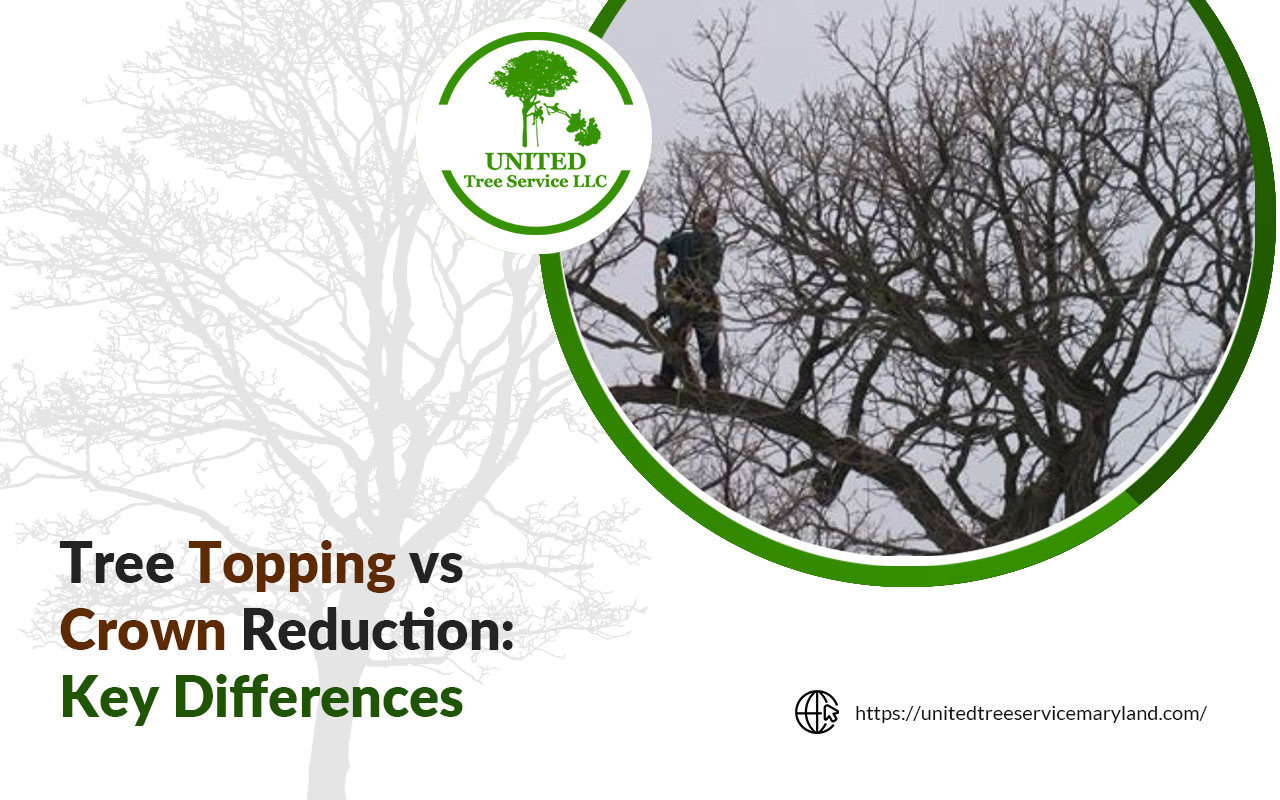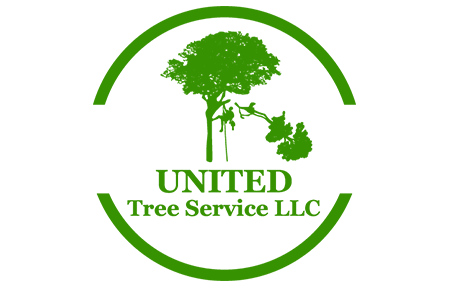
The debate between tree topping vs crown reduction is crucial regarding tree care. Both methods aim to control tree growth and enhance safety. Yet, they differ significantly in approach and impact. This guide delves into these techniques, highlighting their purposes, benefits, and drawbacks. Tree owners need to understand these differences.
This knowledge ensures the health and longevity of their trees. Our journey will uncover why professionals recommend one method over the other. Additionally, we’ll explore how each technique influences a tree’s health and appearance. Stay tuned as we navigate the ins and outs of tree topping and crown reduction. This comparison will help you make informed decisions for the care of your trees.
Exploring Tree Topping vs Crown Reduction
In the field of tree care, tree topping and crown reduction are both prominent methods. Each has its specific applications and outcomes suited to different situations.
Understanding Tree Topping
To reduce height, tree topping involves removing large branches from a tree’s canopy. While often criticized for potential harm to tree health, it can be necessary in specific scenarios. For example, topping is often best when trees risk safety or block utility lines.
The Considered Use of Tree Topping
In controlled applications, tree topping can reduce risk in the short term. It’s crucial, however, to follow up with proper care to mitigate stress on the tree and encourage healthy regrowth.
Advantages of Crown Reduction
Crown reduction is a more selective process that trims the tree’s branches to reduce size while maintaining its natural shape. This method is generally preferred for its long-term benefits to tree health and aesthetics.
Why Crown Reduction is Often Recommended
Crown reduction minimizes stress on the tree by preserving as much of the leafy canopy as possible. This approach supports the tree’s ability to photosynthesize and maintain its health.
Choosing the Best Approach
Choose tree topping or crown reduction based on the tree’s needs and environment. While crown reduction is generally favored for its long-term benefits, tree topping may be justified in certain circumstances.
Expert Insight Is Essential
Before deciding, it’s advisable to consult with a professional arborist. They can assess the situation and recommend the most appropriate method for your tree’s health and safety.
Tips and Facts on Tree Topping vs Crown Reduction
When managing tree health and safety, understanding the nuances of tree topping and crown reduction becomes essential. Here are some tips and facts to guide your decision-making process.
Facts About Tree Topping
- Safety First: Tree topping is sometimes necessary for safety reasons, especially when trees pose immediate risks to structures, power lines, or public areas.
- Regrowth Management: Topping can stimulate rapid regrowth. While this new growth is often seen as weaker, proper subsequent care can help manage and strengthen these areas.
Tips for Considering Tree Topping
- Assess and Decide: Only consider tree topping when other pruning methods won’t address safety concerns effectively.
- Plan for Aftercare: Implement a detailed aftercare strategy to support healthy regrowth if topping is performed.
Understanding Crown Reduction
- Health and Aesthetics: Crown reduction is preferred for maintaining a tree’s health and natural appearance. It carefully reduces size while keeping the tree’s structure intact.
- Longevity Support: This method supports the tree’s longevity by removing less tissue, which lessens stress and preserves more of the tree’s photosynthetic capacity.
Tips for Crown Reduction
- Selective Pruning: Focus on removing only the branches necessary to achieve the desired size reduction, ensuring cut to lateral branches that are strong enough to assume the terminal role.
- Consult Professionals: Always seek the advice of certified arborists who can provide a plan that balances tree health, safety, and aesthetics.
Balancing Act
Both tree topping and crown reduction have their places in tree care. The choice between them should consider the specific circumstances of the tree and its environment. Here are some guiding principles:
- Safety vs. Health: Weigh immediate safety needs against long-term health and visual appeal.
- Professional Input: Arborists can offer invaluable insights based on the tree’s species, condition, and location.
The Role of Maintenance

Regardless of the chosen method, ongoing maintenance is vital. Regular check-ups and follow-up treatments help ensure the tree remains a healthy and safe part of the landscape.
Choose United Tree Service, LLC for Expert Tree Care in Tree Topping vs Crown Reduction
We understand the importance of proper tree care at United Tree Service, LLC. We specialize in crown reduction and tree topping, prioritizing your trees’ health and longevity. Our team of certified arborists is dedicated to delivering professional services tailored to your needs. Trust us to enhance the safety and beauty of your landscape.
Ready to give your trees the care they deserve? Contact United Tree Service, LLC today. Let’s work together to ensure the health and vitality of your trees for years to come.
